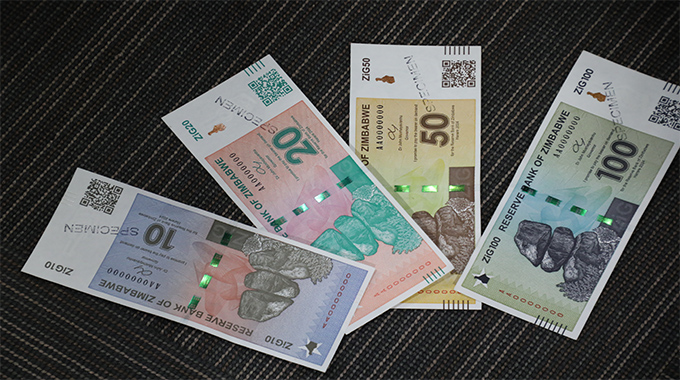Inflation up

Oliver Kazunga Senior Business Reporter
ZIMBABWE’S year-on-year rate of inflation gained 0,07 percentage points to -0,19 percent in May, a development that economic commentators say is good for the country as it hopes to move away from deflation. Deflation refers to a situation whereby the rate of inflation goes below zero and this is often caused by a reduction in money supply and credit. It is an indication that economic conditions are deteriorating and usually associated with high levels of unemployment. During this period businesses’ profits drop making it difficult to raise fresh capital.
Statistics released by the Zimbabwe National Statistics Agency (Zimstat) yesterday showed that the year-on-year inflation rate for May as measured by the all items Consumer Price Index (CPI) stood at -0,19 percent, gaining 0,07 percentage points on the April rate of -0,26 percent.
“This means that prices as measured by the all items CPI decreased by an average of 0,19 percentage points between May 2013 and May 2014,” said Zimstat.
The year-on- year Food and Non Alcoholic beverages inflation prone to transitory shocks stood at -3,75 percent while the Non-food inflation rate was 1,62 percent.
“The month-on-month inflation rate in May 2014 was -0,13 percent shedding 0,71 percentage points on the April 2014 rate of 0,58 percent,” the statistics body said.
Zimbabwe slid into deflation in February this year following the continued decline in industrial productivity and liquidity crisis in the economy.
Economic commentators yesterday said although the country was seemingly moving out of deflation, this was not likely to be imminent based on the prevailing investment climate.
“Moving out of deflation is something which may not be imminent given the prevailing economic climate in the country where the liquidity crunch continues to impact negatively,” said economic commentator Peter Mhaka.
“However, going forward the economy may move away from deflation largely due to improvement in liquidity supply and the general improvement of the economy underpinned by the Zimbabwe Agenda for Socio-economic Transformation (Zim-Asset).”
Zim-Asset is the government’s five year economic blue-print expected to spur economic growth until 2018.
Mhaka said sales and export earnings from the tobacco sector were improving liquidity supply in the economy since the opening of the marketing season in February.
“However, a lot still needs to be done in order to improve liquidity supply in the economy. For example, the country needs to review its investment policies so as to attract foreign direct investment critical in boosting liquidity supply in the country,” he added.
Another economic commentator, Wendy Mpofu echoed similar sentiments adding that industrial revival was fundamental in rescuing the country from deflation.
“The latest inflation figures are good for the country and when the country continues going forward that will drive the country away from deflation,” she said.








Comments